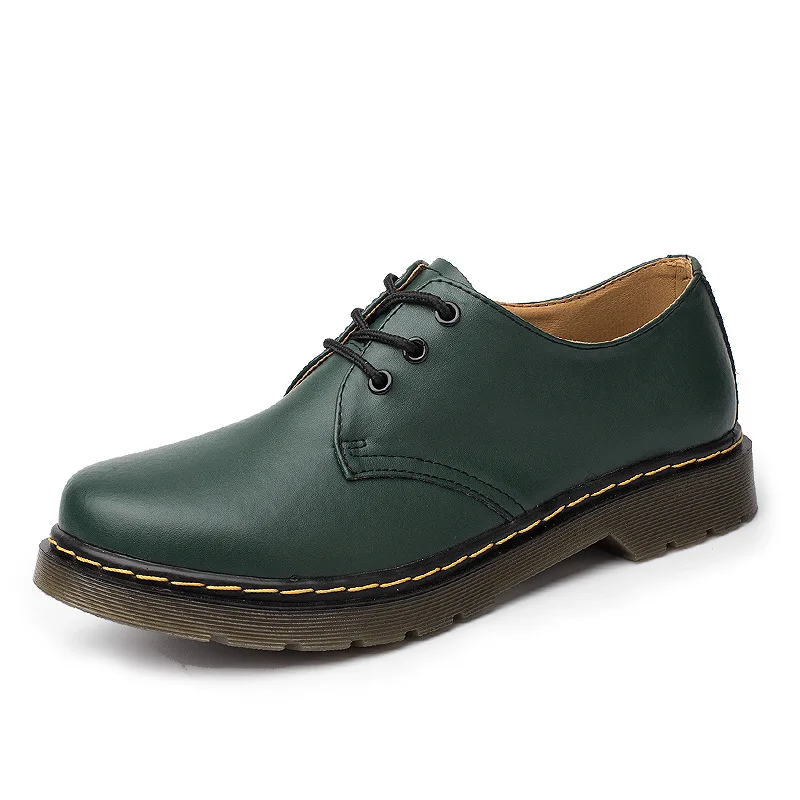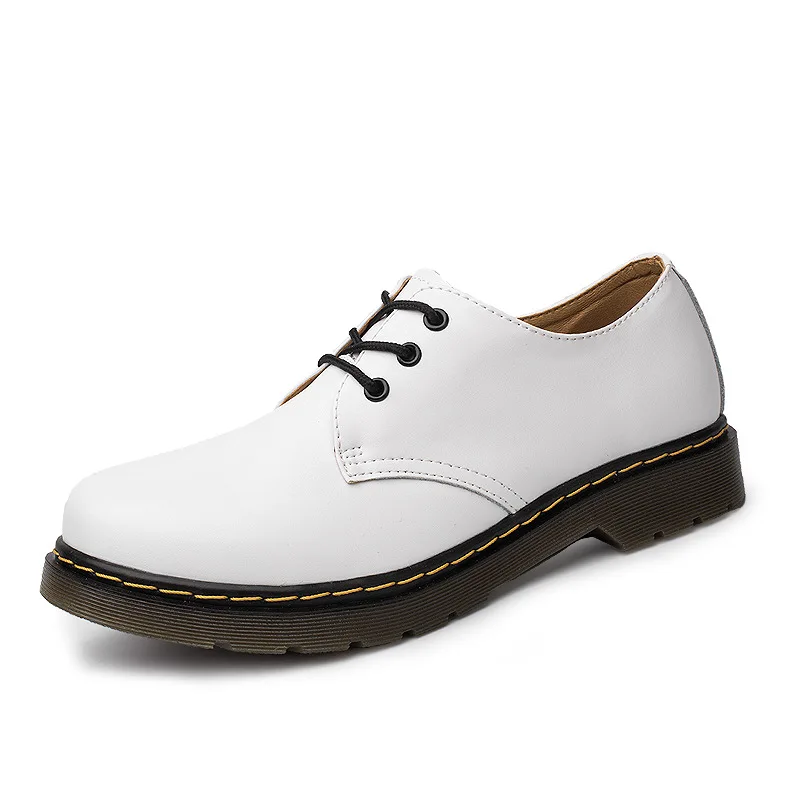Introduction to Cactus Leather Shoes
Cactus leather shoes represent a revolutionary step forward in sustainable fashion, offering a cruelty-free alternative to traditional leather. Made from the nopal cactus, these shoes are not only eco-friendly but also durable and stylish. In recent years, the fashion industry has seen a growing demand for ethical and sustainable products, prompting brands to explore innovative materials like cactus leather. This article explores the origins of cactus leather, its benefits over traditional leather, the manufacturing process, and why it’s becoming a popular choice among environmentally conscious consumers.

Understanding Cactus Leather
Cactus leather, also known as Desserto®, is derived from the prickly pear cactus, specifically the nopal variety native to Mexico. The process begins by harvesting mature cactus leaves without harming the plant, ensuring sustainability from the outset. These leaves are then cleaned, mashed, and dried naturally under the sun to extract the plant’s fibers. The fibers are subsequently processed into a biopolymer through a mechanical rather than chemical process, making cactus leather an eco-friendly alternative to traditional leather derived from animals.
Benefits of Cactus Leather Shoes
Cactus leather shoes offer several advantages that appeal to environmentally conscious consumers. Firstly, they are cruelty-free, addressing ethical concerns associated with animal-derived leather. Secondly, cactus leather is highly sustainable, requiring minimal water and land to cultivate compared to traditional leather production, which often involves deforestation and intensive farming. Additionally, cactus leather is biodegradable, ensuring minimal environmental impact at the end of its lifecycle. Lastly, it boasts durability and versatility, making it suitable for a variety of footwear styles from casual sneakers to formal dress shoes.
Manufacturing Process of Cactus Leather Shoes
The manufacturing process of cactus leather shoes involves several stages to transform the raw material into a finished product. Skilled artisans assemble these components using sustainable adhesives and techniques that minimize environmental impact. Finally, the finished shoes undergo quality control checks to ensure they meet both aesthetic and functional standards.
Types of Cactus Leather Shoes
Cactus leather shoes come in various styles and designs to cater to different preferences and occasions. Whether you’re looking for casual sneakers, stylish loafers, rugged boots, or elegant dress shoes, there is a cactus leather option available. Brands specializing in sustainable fashion often offer a wide range of footwear choices made from cactus leather, combining ethical production practices with contemporary designs that appeal to environmentally conscious consumers.
Environmental Impact of Cactus Leather
One of the primary motivations for choosing cactus leather shoes is their significantly lower environmental impact compared to traditional leather. Traditional leather production is resource-intensive, requiring large amounts of water, land, and chemicals for animal rearing, hide processing, and tanning. In contrast, cactus leather production consumes minimal water and land, as the nopal cactus thrives in arid conditions and requires little irrigation. Furthermore, the biodegradable nature of cactus leather ensures that discarded shoes decompose naturally without leaving behind harmful pollutants.
Ethical Considerations and Sustainability
Ethical considerations play a crucial role in the appeal of cactus leather shoes. Many consumers are increasingly concerned about the welfare of animals used in leather production, as well as the environmental impact of conventional farming practices. By opting for cactus leather shoes, individuals can support sustainable agriculture practices that prioritize biodiversity and minimize ecological footprint. Moreover, the transparency of the supply chain in cactus leather production allows consumers to make informed decisions about their purchases, supporting brands committed to ethical and sustainable practices.
Fashion and Design Trends
The rise of cactus leather shoes reflects broader trends in sustainable fashion and consumer preferences for eco-friendly products. As awareness grows about environmental issues and ethical concerns within the fashion industry, more brands are incorporating sustainable materials like cactus leather into their collections. Designers are exploring innovative ways to showcase the versatility and aesthetic appeal of cactus leather, creating stylish footwear options that rival traditional leather in both quality and appearance.
Future Outlook and Innovation
Looking ahead, the future of cactus leather shoes appears promising as advancements continue in sustainable materials and manufacturing techniques. Researchers and entrepreneurs are exploring new methods to optimize cactus leather production, improve its durability, and expand its application beyond footwear. Innovations in biotechnology and material science hold potential for further enhancing the sustainability and performance of cactus leather, paving the way for its broader adoption across the fashion industry.

The Benefits of Cactus Leather Shoes
Environmental Sustainability
One of the greatest advantages of cactus leather shoes is their environmentally friendly nature. Cactus leather is a sustainable alternative to traditional leather, significantly reducing the environmental impact of footwear production.
Key Advantages
- Low Water Usage: Cactus requires very little water to grow, making it an incredibly water-efficient crop. This is a stark contrast to traditional livestock farming, which is water-intensive. By using cactus leather, the fashion industry can significantly reduce its water footprint.
- Reduced Emissions: The production of cactus leather emits fewer greenhouse gases compared to livestock farming. Livestock contributes significantly to methane emissions, while cactus farming has a minimal carbon footprint.
- Minimal Land Degradation: Cactus grows in arid regions where other crops struggle to survive.
- Biodegradable: Many cactus leather products are biodegradable and compostable, ensuring they have a minimal impact on the environment at the end of their lifecycle.
The environmental sustainability of cactus leather shoes makes them an excellent choice for eco-conscious consumers looking to reduce their environmental footprint.
Cruelty-Free and Vegan
Cactus leather shoes are entirely plant-based, making them a cruelty-free and vegan-friendly alternative to traditional leather footwear. This aligns with the values of consumers who prioritize animal welfare and ethical consumption.
Key Advantages
- Ethical Production: Many manufacturers of cactus leather emphasize ethical production practices, including fair labor and humane working conditions. This commitment to ethical production ensures that cactus leather shoes align with broader values of social responsibility.
- Vegan Certified: Many cactus leather shoes are certified vegan, providing assurance to consumers that the products meet stringent standards for veganism and ethical production.
The cruelty-free and vegan nature of shoes makes them an ideal choice for consumers who prioritize animal welfare and ethical consumption.
Durability and Quality
Cactus leather shoes offer impressive durability and quality, proving that sustainable materials can match and even surpass traditional materials in terms of performance and longevity.
Key Advantages
- Tough and Resilient: Cactus leather is known for its toughness and resilience. It provides a durable and robust material that can withstand daily wear and tear without compromising on quality.
- High-Quality Finish: The appearance and texture of cactus leather are remarkably similar to traditional leather, offering a luxurious and high-quality finish. This ensures that shoes maintain a stylish and sophisticated appearance.
- Easy Maintenance: Cactus leather is easy to clean and maintain. It is naturally resistant to stains and water, meaning that shoes retain their appearance and quality with minimal care.
The durability and quality of shoes ensure that they provide long-lasting wear and maintain their appearance, making them a reliable and stylish choice.
The Manufacturing Process of Cactus Leather Shoes
Harvesting the Cactus
The journey to create shoes begins with harvesting the cactus. The type of cactus used for leather production is usually the nopal (Opuntia ficus-indica) cactus, which is native to Mexico.
Key Steps
- Sustainable Harvesting: Cactus pads, or nopales, are harvested sustainably without harming the plant. This allows the cactus to continue growing and regenerating after each harvest.
- Minimal Watering: Nopal cactus is grown with minimal water, primarily relying on rainwater. This water-efficient cultivation method makes cactus farming highly sustainable.
- No Chemicals or Pesticides: The cultivation of nopal cactus typically does not require the use of harmful chemicals or pesticides. This ensures that the cactus leather is free from toxic substances and environmentally friendly.
Processing the Cactus
This process involves several key steps to ensure the final product is of high quality and durability.
The processing of the cactus pads into leather ensures that the resulting material is durable, high-quality, and suitable for footwear production.
Manufacturing the Shoes
With the cactus leather ready, the next step involves transforming the material into stylish and functional shoes. The manufacturing process of shoes focuses on precision and quality to ensure the final product meets high standards.
The meticulous manufacturing process ensures that shoes are not only environmentally friendly but also stylish, durable, and of high quality.
Different Styles of Shoes
Classic Dress Shoes
Classic dress shoes made from cactus leather offer the perfect combination of style and sustainability. These shoes maintain a polished and sophisticated appearance suitable for formal and professional settings.
Key Characteristics
- Elegant Design: Classic dress shoes feature elegant designs such as oxfords, derbies, and brogues. These timeless styles add a touch of sophistication to any outfit.
- High-Quality Finish: Cactus leather provides a luxurious finish that closely resembles traditional leather. The polished appearance of cactus leather dress shoes ensures they blend seamlessly with formal attire.
Common Uses
- Professional Settings: Classic dress shoes are ideal for professional settings, providing a polished look that complements business attire such as suits, dress pants, and skirts.
- Formal Events: For formal events such as weddings and galas, cactus leather dress shoes offer a stylish and eco-friendly choice. Their elegant design ensures you look your best while making a sustainable statement.
- Everyday Office Wear: Dress shoes can also be worn as everyday office wear, providing comfort and style for daily commuting and work activities.
Conclusion: Embracing Cactus Leather Shoes for a Sustainable Future
Shoes exemplify a shift towards sustainable fashion choices that prioritize ethics, environmental stewardship, and style. As consumers become more conscientious about the impact of their purchasing decisions, cactus leather offers a compelling alternative to traditional leather without compromising on quality or design. By supporting brands that embrace cactus leather, individuals can contribute to a more sustainable future while enjoying footwear that combines innovation with eco-conscious principles.

